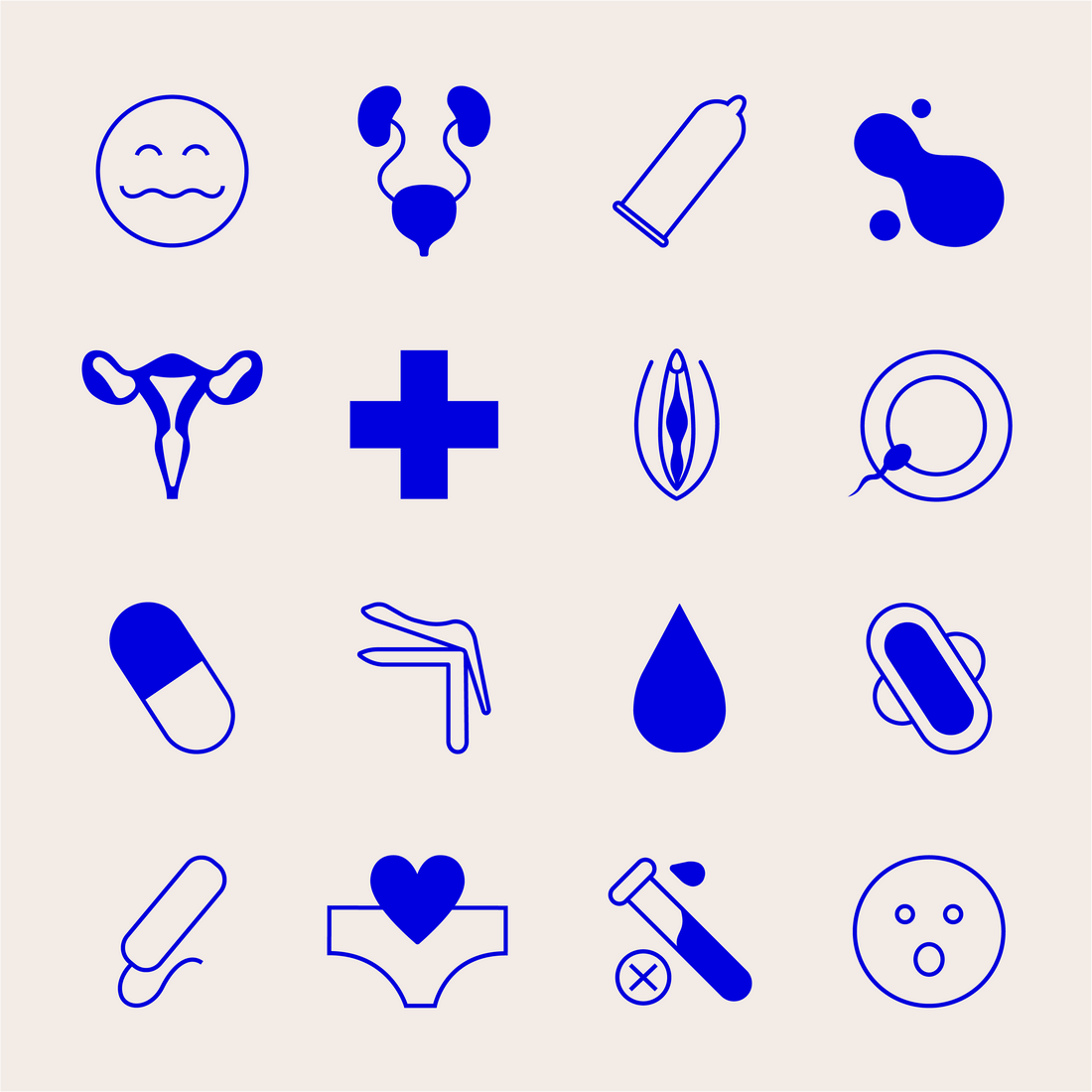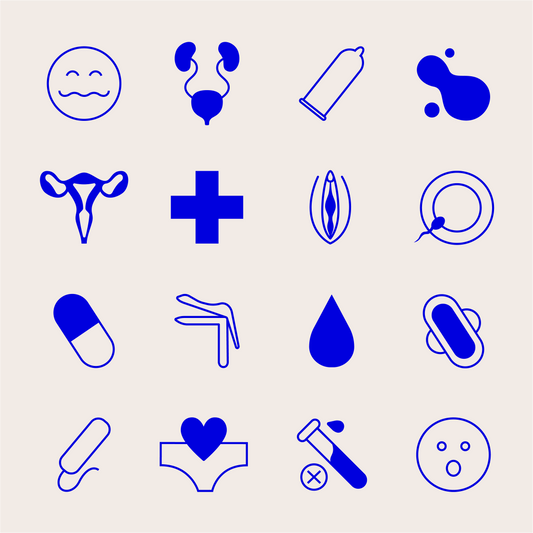Myth 1: The vagina is a vulva-haver's most important sex organ
There are so many body parts involved in female sexual response. Our skin, our genitalia, our spine, and our brains all play important roles in our ability to achieve orgasm. Multiple neurotransmitters are released during our sexual experiences. We have signals traveling to and from the brain to process sensation, touch, and orgasms. Let’s also talk about the clitoris. Did you know that it is the only human organ dedicated solely to pleasure and has over 8,000 nerve endings to process touch? The clitoris is mostly hidden and much longer than people think. It has wings that wrap around the vagina and can be stimulated during penetrative intercourse. So, there is no one organ that is “the most important” sexual organ—different parts of our bodies work together during sex to help us reach orgasm.Myth 2 : All people with vaginas can orgasm from penetrative sex
This is likely the biggest myth when it comes to vaginas, sex, and orgasms. I have countless women that come to me thinking that they are broken because they do not orgasm during penetrative sex. The fact of the matter is that only 25% of women can predictably orgasm from penetrative sex. Most of this is out of our control as the size and location of the clitoris is what renders us most likely to have an orgasm during intercourse. The larger and closer to the vaginal opening the clitoris is, the more likely we are to orgasm during intercourse. Most vulva-havers will require direct stimulation to the clitoris, which can be either digital (think fingers) or oral. This is also where sexual tools like vibrators and clitoral pumps can come in handy. I also recommend to patients arousal serums that, when applied to the clitoris, may help women achieve orgasm more readily.Women are much more likely to orgasm on their own, and we can often achieve orgasm solo in roughly 4 to 10 minutes.
Myth 3: All vulva-havers can have multiple orgasms
This is simply not true: The statistic varies, but only 15 to 40% of women can have multiple orgasms. Anatomy plays a large role in our ability to have multiple orgasms, as does a willingness to experiment and be adventurous in the bedroom. People who are seeking out the experience of multiple orgasms are more likely to achieve it. Also, women who have a shorter interval to orgasm are more likely to rebound and have an orgasm again. It is all about timing!Myth 4: I have never had an orgasm, so I never will
When patients come to me and tell me they think they will never orgasm, it breaks my heart, because it is usually not true. There are so many reasons and causes that can interfere with a person's ability to orgasm, but in most cases, there are treatment options! Orgasm dysfunction can involve:- Lack of orgasm;
- Delayed orgasm;
- Muted orgasm;
- Orgasm associated with pain or completely devoid of any pleasure
- Problems with anatomy, hormones, brain and spinel;
- A side effect of medication which can render orgasm impossible or rare




























